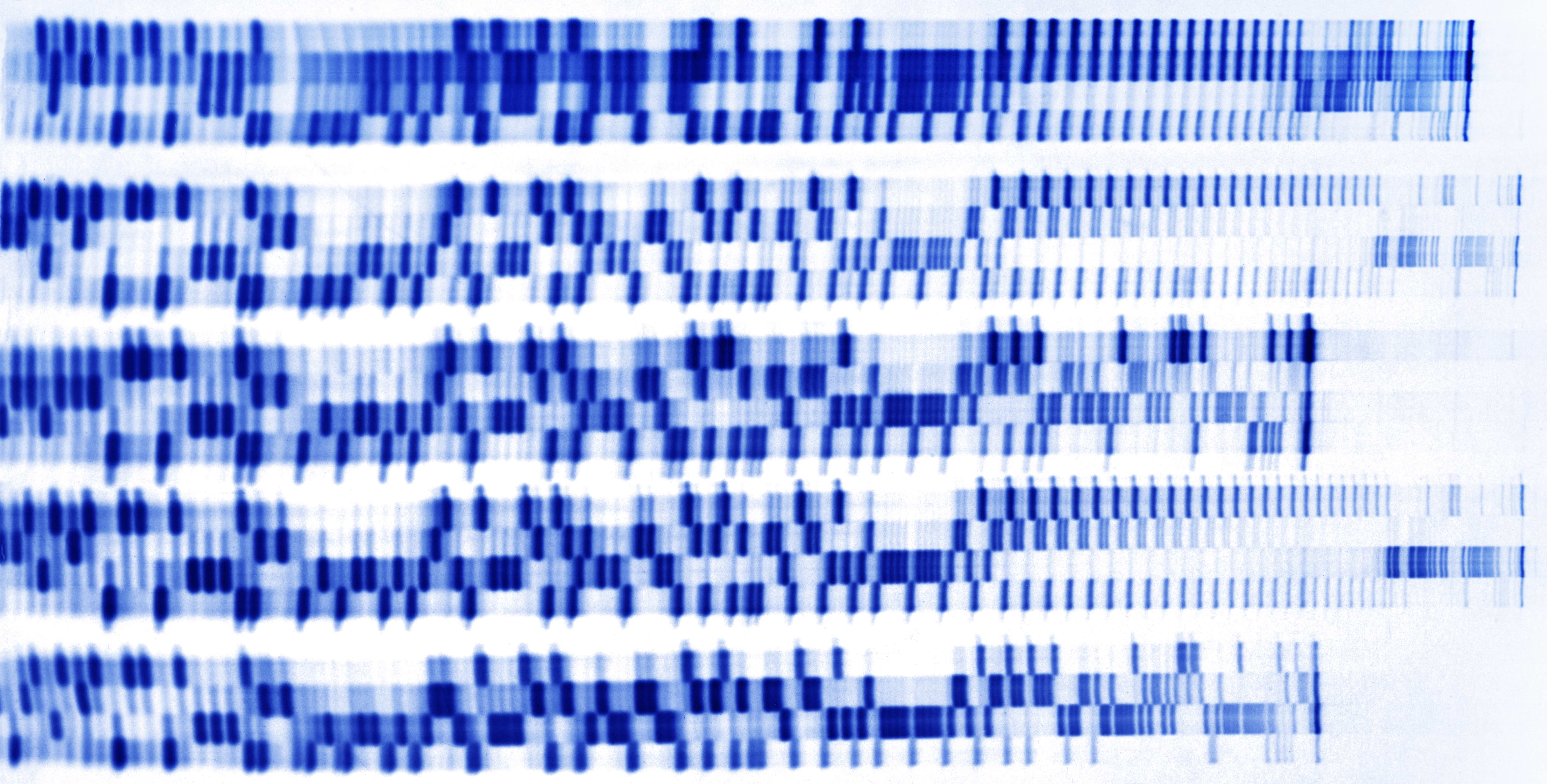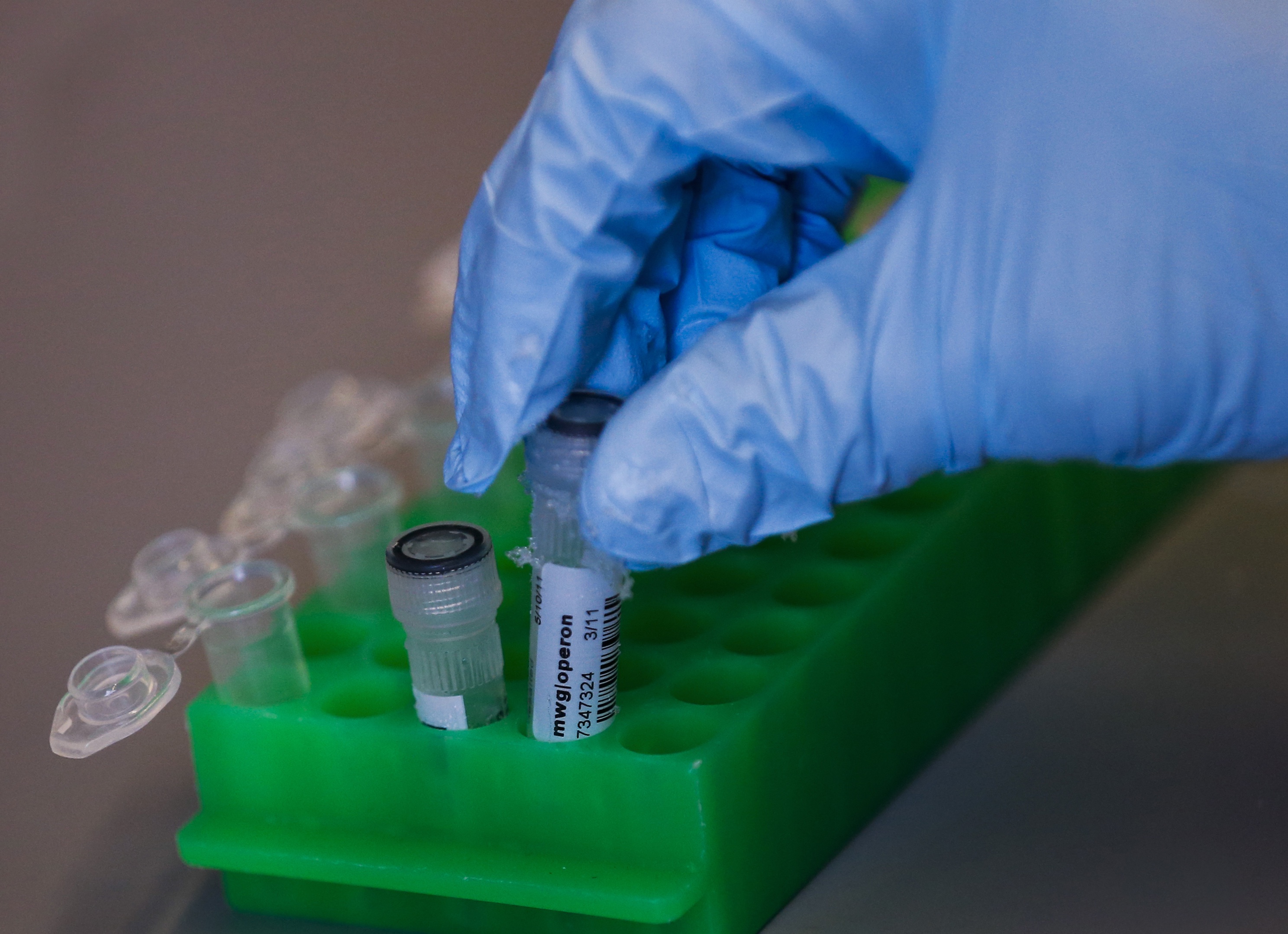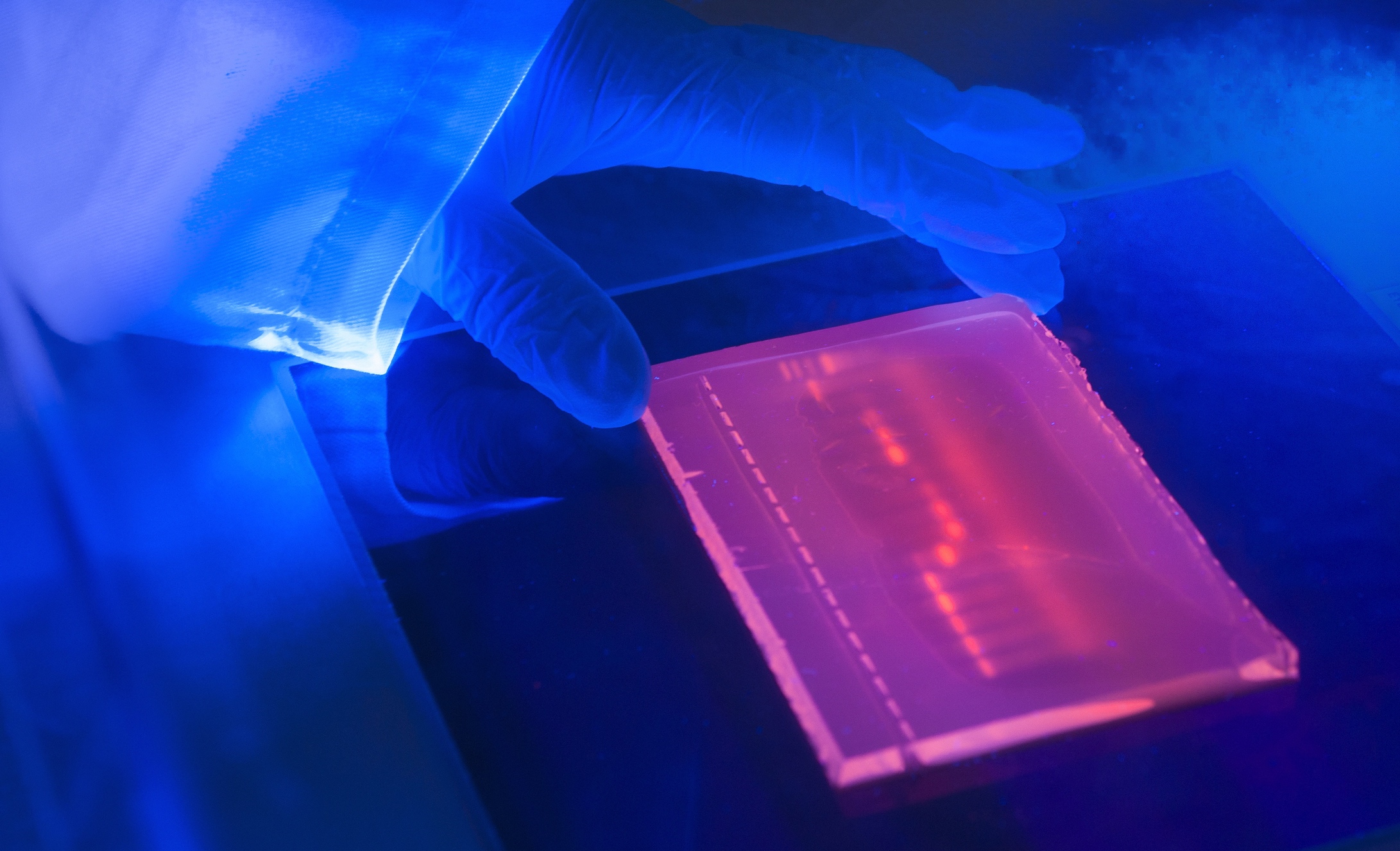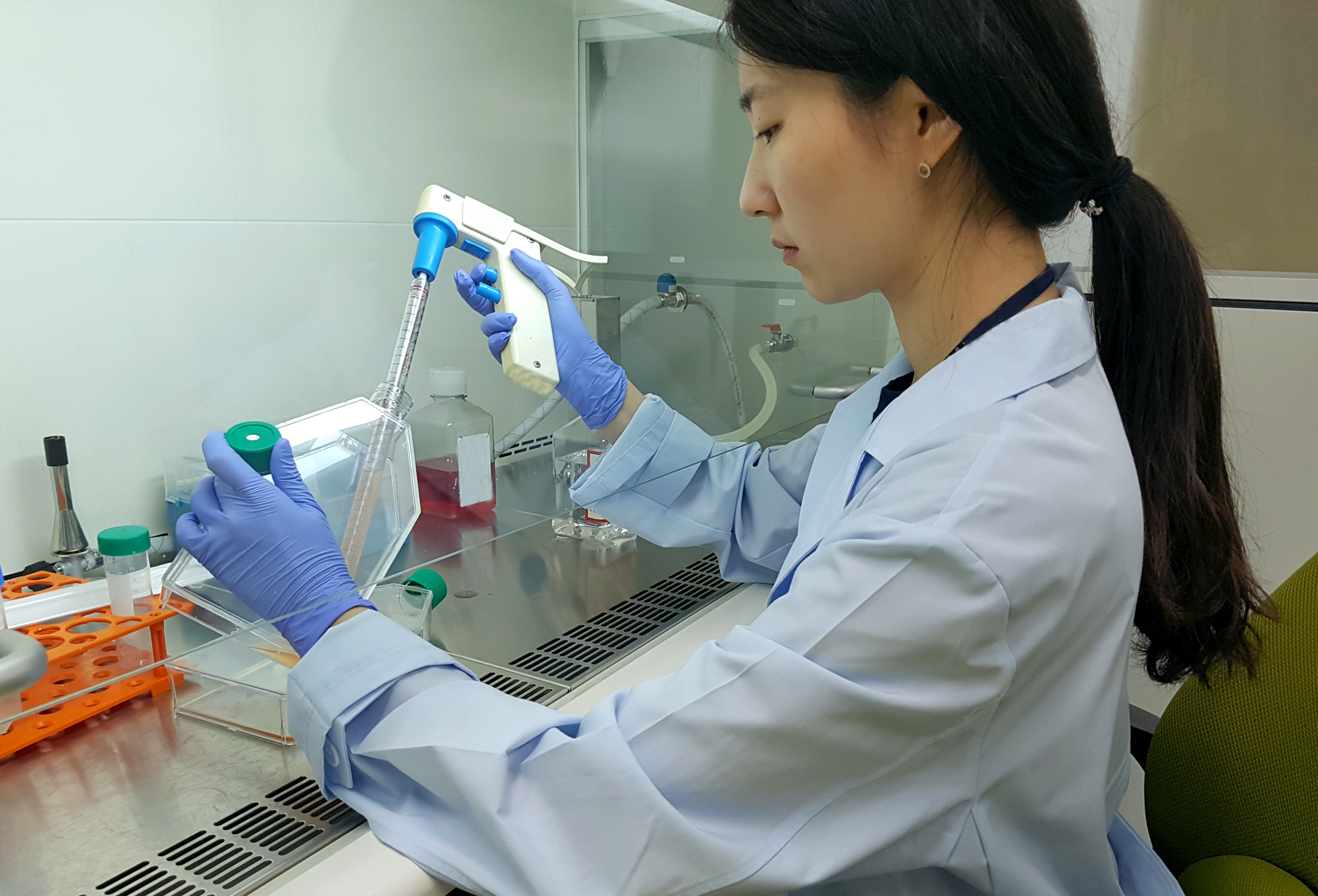
Health & Medicine
Genes, numbers and the holy grail of cancer prevention

Gene editing is a form of ‘ultimate cure’: it treats disease at its very root. This edited extract from the new book, Genes for Life, explores the ethical implications of this rapidly evolving technology
Published 17 January 2018
For over three decades, scientists have had the ability to alter the genomes of other species of animals. Using viruses to alter DNA sequences, scientists were able to create a range of transgenic animals — with altered physical, cognitive and social characteristics.
In 2007, scientists at Case Western Reserve University used viruses to alter a gene called PEPCK-A in mice. The resulting transgenic mice could run for six kilometres without a break — 30 times longer than a normal mouse’s limit of 200 metres.

But, early modes of genetic engineering were imprecise and inefficient. As a result, these technologies never had serious potential to be clinically useful modifiers of human DNA.
The last few years have seen the development of a number of efficient, more precise genetic engineering techniques. These techniques have been given the collective name ‘gene editing technologies’, to reflect their increased accuracy over previous methods. The most powerful gene editing technology is the CRISPR-cas9 system. CRISPR-cas9 consists of two parts, a DNA cutting enzyme (the cas9 part), and a guide sequence (the CRISPR part).

Health & Medicine
Genes, numbers and the holy grail of cancer prevention
When the guide DNA binds with a complementary DNA sequence in the cells it enters, it triggers the cas9 enzyme to cut, making a double-sided break to the DNA sequence. CRISPR-cas9 is used by bacteria as a defence against viruses, cutting viral DNA into small, non-functional fragments.
In 2012, a team at UC Berkeley showed that CRISPR-cas9 could be modified in the lab so that it could target virtually any DNA sequence. This allowed researchers to cut DNA virtually anywhere in the genome. Furthermore, they demonstrated that after the DNA was broken, DNA repair mechanisms could be recruited to add novel genetic material to the site of break. This gave researchers the ability to delete, add, or modify DNA sequences.
In April 2015, it was announced that CRISPR had been used for the first time to make edits in human embryos. This was the first instance of what we will call human germline gene editing or GGE.
The study, conducted in China, targeted the gene responsible for producing part of the haemoglobin molecule — with mixed success. In February 2016, the United Kingdom became the first country to officially approve gene-editing research in human embryos.
Some public interest groups, including the United Nations Educational Scientific and Cultural Organization (UNESCO) have called for an international ban on any gene-editing research in human embryos. The US-based National Institutes of Health, maintained that performing such research would cross “a line that should not be crossed”.

As a result of this rapid development of gene-editing technologies, governments around the world need to examine their regulatory frameworks for reproductive technologies.
Currently, GGE is highly restricted through legislation or through guidelines in many countries. However, there are strong moral reasons in favour of pursuing GGE.
Many diseases have a simple genetic mechanism, or are strongly influenced by genes. The development of gene editing could be a vital tool in our fight against these Mendelian diseases. In some cases, using GGE will be the only way that individuals can avoid fatal disease in their children.

Sciences & Technology
Genetic snip and snap
Further in the future, GGE could provide a vital tool in the fight against polygenic diseases like cancer, diabetes and heart disease – which are among the leading causes of mortality worldwide.
Currently GGE is a very young technology. It should only be used for the above therapeutic purposes if it is shown to be safe through research. GGE is like all other medical technologies in this regard.
The central question currently facing governments around the world with regard to GGE is not whether GGE should be used for therapy, but whether it should be permitted in research.
For current legislative bans on GGE to be justified on moral grounds, there must be significant moral reasons against its use in research or reproduction.
Some believe we should not allow GGE because of concerns about the moral standing of early human embryos, believing that embryos have the same moral status as persons.
But this position is widely inconsistent with how other accepted technologies are regulated. Many jurisdictions permit embryo research that involves the destruction of the embryo for research aimed at improving fertility.

Even if we assume that early human embryos do have a high moral status, this does not count against all forms of GGE research. Some GGE research could be done entirely on gametes. For example, researchers could attempt to edit the gene that causes cystic fibrosis, CFTR, in spermatogonial stem cells and derive sperm carrying the corrected gene.
Some arguments against GGE focus not on its use in research, but its use in reproduction. Some think that any moral reasons against GGE in reproduction leads to reasons against its use in research, as they believe that GGE research will inevitably lead to reproductive applications.
Another common concern about GGE is that it is unjust. For example, American environmentalist, author, and journalist Bill McKibben states: “These would be mere consumer decisions — but that also means that they would benefit the rich far more than the poor. They would take the gap in power, wealth, and education that currently divides both our society and the world at large, and write that division into our very biology.”

Health & Medicine
Tailored treatment turns up heat on melanomas
But, there are ways that GGE may help remedy existing injustices. The most obvious way in which GGEs will remedy injustice is by reducing rates of disease. Many diseases are caused only by quirks of our biology. Some people randomly develop diseases, while others do not. They can cause pain, reduce lifespan, and limit one’s ability to pursue one’s goals.
Hence, there is a simple moral case for allowing GGE — it has immediate utility in research and both short- and long-term potential in therapy.
Governments around the world need to radically shift their regulatory approach to GGE. At the very least, research into GGE ought to be permitted even if at this stage we ban GGE to produce babies because the science is in its infancy.
But if the science progresses, we would have the same moral obligation to employ GGE as we have to employ any other cure for disease.
Genes for Life, written by Australian and International academics and writers, provides information about the latest advances in genetics, how people can benefit and, conversely, be harmed by this ever evolving and exciting technology. The book is co-edited by Professor Martin Delatycki, Associate Professor Grant Blashki and Helen Sykes AM, Director of Future Leaders, and is available online here.
Banner: Getty Images